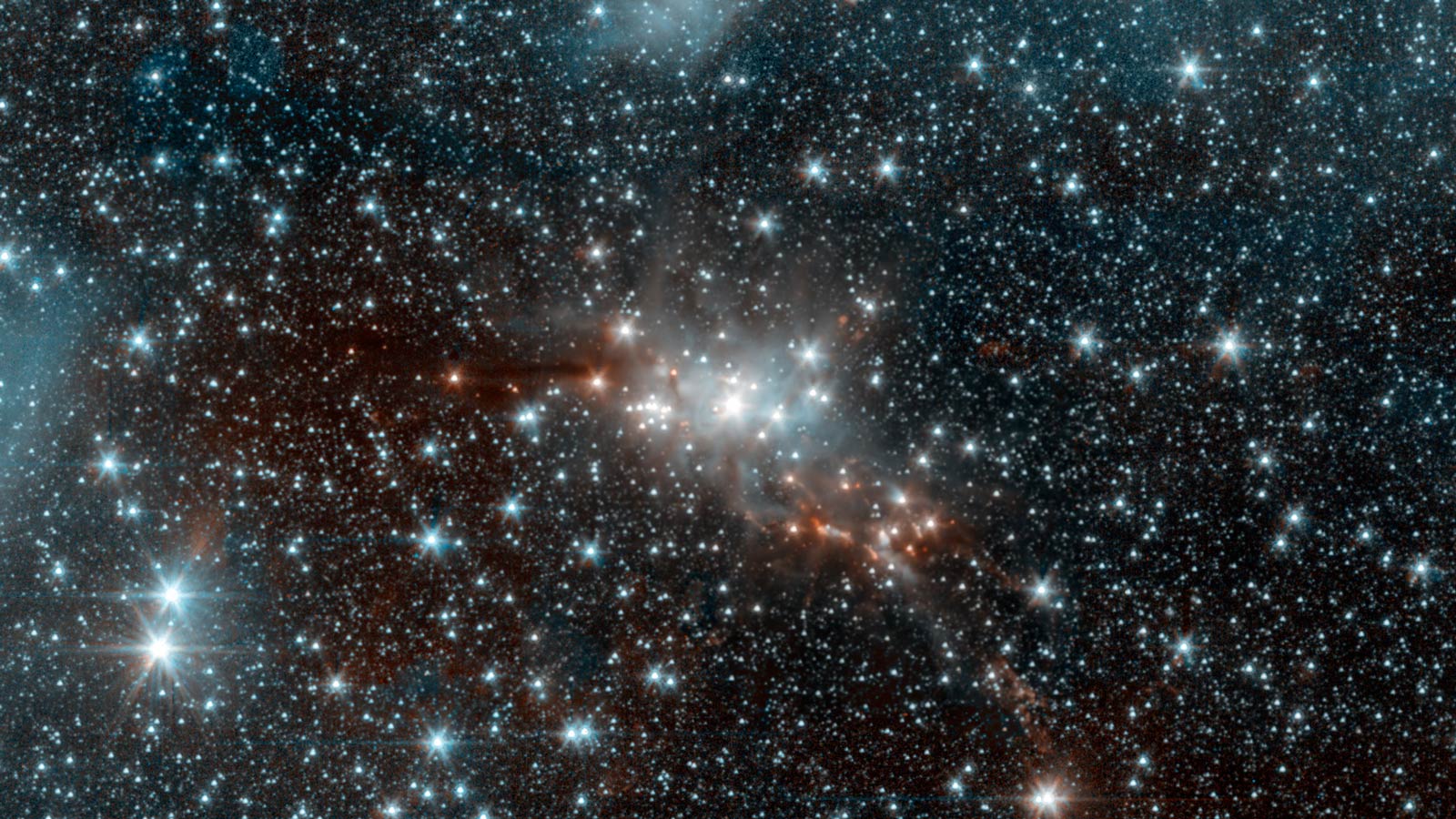Most people never notice the stars. They’re too dazzled by the city lights. The vast majority of people live in the cities and unless they possess that inner geek, will almost never look up. This is why we sometimes see UFO reports about Venus. Yes, someone accidentally looked up in the sky.
But stars! What are they?
If you’ve been paying attention, you know that they are merely big balls of gas—so incredibly big that they give off heat and light from the nuclear explosions going off in their cores. There is always so much more a beginner can learn about stars and astronomy. Over the last couple of centuries, scientists have determined a menagerie of star types and have figured out their relationships to one another.
Through a telescope, we can see that some stars are bluish in color, while others possess a more orangish hue—sometimes even reddish. The color is controlled by the temperature of the star’s surface. We use this term loosely because the so-called surface is not solid. We’re talking about the outer layer of the star’s atmosphere. And, by the way, our sun is a star.
Astronomers have assigned letters to each range of stellar color.
- O—The hottest, with light pushing heavily into the ultraviolet.
- B—Hotter, blue-white stars.
- A—Hot, bluish stars.
- F—Warm, whitish stars.
- G—Warm, yellowish-white stars. Our sun fits into this category.
- K—Cooler, orangish stars.
- M—Cool, red dwarf stars, with light pushing heavily into the infrared range.
Astronomers created a mnemonic device for remembering this sequence—a sentence which goes, “Oh, be a fine girl (or guy); kiss me.” So what if it’s not politically correct! It works. To refine this scale, astronomers have added numbers to the letters, with zero being brighter and 9 being dimmer. So, for the “G” range of star temperatures, we have G0, G1, G2 (our own sun), G3,… all the way up to G9.
Some scientists even add decimal points, like G9.5. During the life of a star, it spends the bulk of its time living in what is called the “main sequence.” This is when the star is burning hydrogen as its fuel. After the core runs out of hydrogen, the star starts to burn helium—one of the byproducts of hydrogen burning. This isn’t chemical burning—this is nuclear burning—changing 2 hydrogen atoms into 1 helium atom.
Countless trillions of such conversions happen every second. Burning helium creates a far hotter fire, pushing the “surface” of the star farther from the center, spreading out the heat being produced, effectively cooling the surface. This reddens the light output of the star, but also makes the star brighter, because the surface is far larger.
Scientists have created a scale of what is called Luminosity Class which is a function of the age and mass of a star. The most massive stars can reach the hyper-giant stage of Luminosity Class 0 (zero). Other Luminosity Classes include Ia, Ib, II, III, IV, V and VI. Classes from Ia to II are very rare, but very bright, and can be seen from halfway across the galaxy. Luminosity Class III are the giant stars, including red giants at the end of a star’s life. Class IV are sub-giants, in transition between the main sequence and the giant phase. The most common are Luminosity Class V (dwarfs, main sequence), and Class VI (subdwarfs).
A final class might be labeled “VII,” because they are the dimmest form of star for their color, but scientists usually use “D” to represent these degenerate, “white dwarfs.” Class “VI” deserves special note.
These are stars with extremely weak levels of other elements. These are far more pure with their hydrogen and helium, so they burn with less brightness. The Luminosity Class “V” stars burn brighter because their atmospheres are doped with heavier elements, including oxygen, carbon, iron and even uranium.
So, combining the Spectral Type, or color with the Luminosity Class, our own sun is a G2V star. Alpha Centauri, next door, possesses 3 stars, in order of brightness, G2V, K1V, and M6V. The coolest component, called Proxima Centauri, or Alpha Centauri C, has a mass roughly equivalent to 0.12 times that of our sun and a nominal brightness that is about 20,000 times dimmer than our sun.
This brief article touches on the most common stellar types. And hopefully, this whets your appetite to get a closer look at those elusive points of light in our night sky.














Leave a Reply